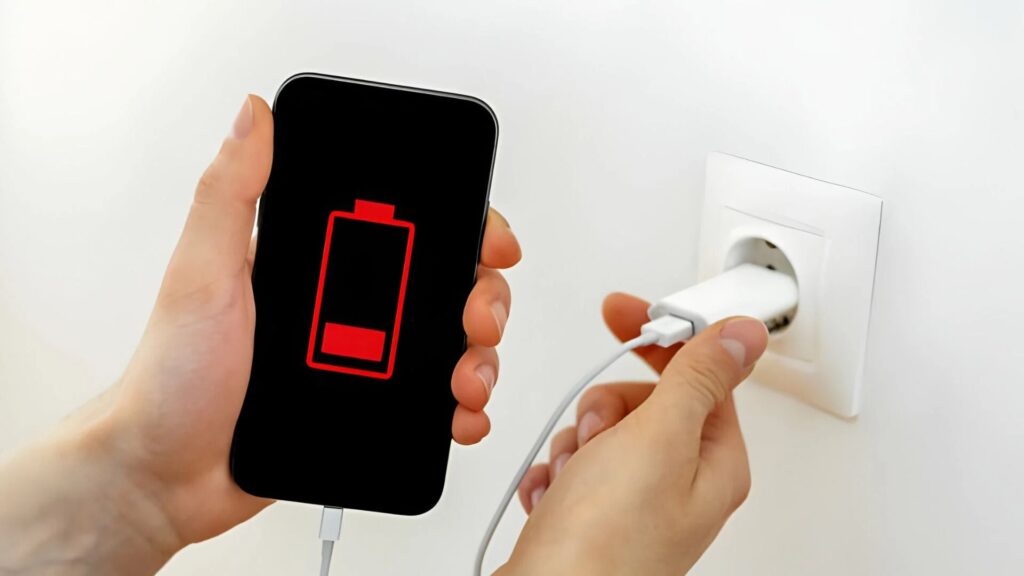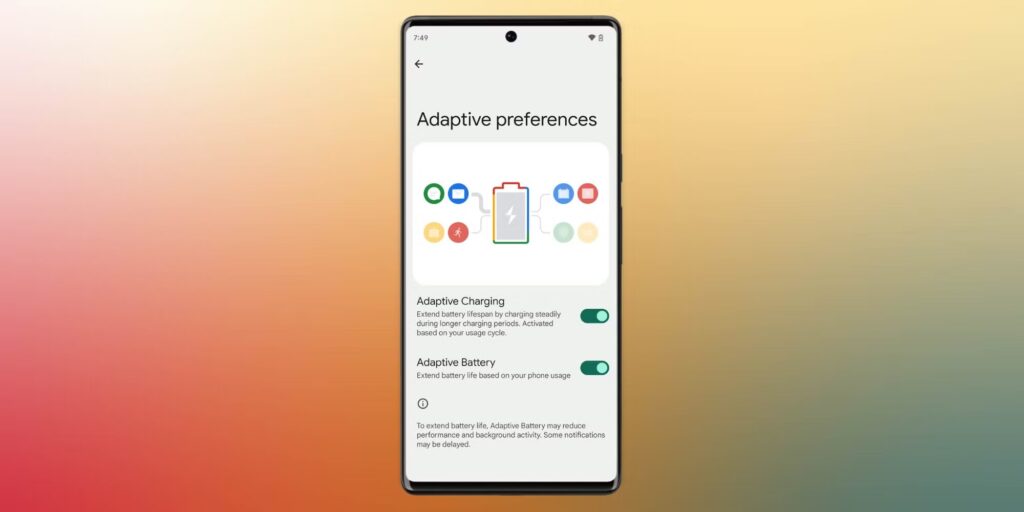Welcome to our comprehensive guide on managing and resolving the issue of your Google Pixel 7 Hot When Charging. If you’ve found yourself wondering why your device feels like it’s sizzling during a charge, you’re not alone.
If your Google Pixel 7 gets hot when charging, it’s usually normal but can be a sign of overuse or an issue. Make sure you’re using the official charger and avoid heavy usage while it charges.
This article will explore the reasons behind this common problem, offer practical solutions, and provide tips to prevent overheating in the future. Let’s dive in!
Understanding Google Pixel 7 Overheating!
1. Common Reasons for Overheating:
Overheating is a frequent issue faced by many smartphone users, including those with the Google Pixel 7. To properly treat this issue, it is imperative that the underlying reasons be identified. Typically, overheating can be attributed to excessive power consumption, high-performance demands, or environmental factors.
2. How Overheating Affects Performance:
When your Google Pixel 7 Hot When Charging, it can significantly affect the device’s performance. High temperatures may cause the phone to slow down, with apps running sluggishly or freezing altogether. Over time, this can also lead to battery degradation, reducing overall battery life and potentially causing permanent damage.
3. When to Worry About Overheating:
A certain degree of warmth is normal when charging or using your phone intensively. However, if your Pixel 7 becomes excessively hot to the touch or shows signs of malfunction, it’s time to take action. Persistent overheating can indicate underlying issues that need addressing.
Causes of Google Pixel 7 Hot When Charging!
When your Google Pixel 7 Hot When Charging, it’s often due to high power consumption. Fast charging technologies, which are designed to quickly replenish your battery, can cause the phone to heat up more than usual. This is especially true if you’re using the device for tasks that demand a lot of power at the same time. The rapid influx of energy during fast charging naturally generates heat, which can make the Google Pixel 7 Hot When Charging.

Another reason why the Google Pixel 7 Hot When Charging is the environment. If you’re charging your phone in a place that’s hot or lacks proper ventilation, it can make the heating problem worse. The combination of high power consumption from fast charging and a warm environment can easily cause the Google Pixel 7 Hot When Charging.
Therefore, it’s important to be mindful of where you charge your phone and to close any unnecessary background apps to help reduce the heat generated while charging.
Tips to Prevent Google Pixel 7 from Overheating While Charging!
1. Avoid Using Your Phone While Charging:
- Avoid Using Your Phone While Charging: It’s best not to use your Pixel 7 for tasks like browsing the web or playing games while it’s charging. This can help keep it from getting too hot.
- Reduce Workload During Charging: Activities that demand a lot of processing power, like gaming or streaming, can make your phone work harder and heat up faster.
- Give Your Phone a Break: When you’re charging your Pixel 7, try to let it rest. Heavy use during charging can increase the heat generated.
- Charge in a Cool Environment: Make sure your phone is in a well-ventilated area and not exposed to direct sunlight while charging to help manage its temperature.
- Monitor Charging Heat: If you notice your phone getting warm while charging, it’s a good idea to stop using it and let it cool down.
2. Reduce Screen Brightness:
- High screen brightness can make your phone warmer.
- When you lower the brightness, your phone stays cooler.
- Reducing screen brightness while charging helps keep the phone from getting too hot.
- Keeping your screen dimmed during charging can help prevent heat buildup.
3. Manage Background Apps:
- Monitor Background Apps: Check which apps are running in the background, as they might be using up your phone’s power and causing it to overheat.
- Close Unused Apps: Regularly close apps that you’re not currently using to prevent them from consuming extra power.
- Manage Settings: Adjust your phone’s settings to limit how much activity apps can perform in the background.
- Check Battery Usage: Look at your phone’s battery usage report to identify any apps that are using more power than expected.
- Update Apps Regularly: Keep your apps updated, as newer versions often have improvements that can help reduce their impact on battery life and overheating.
4. Use the Original Charger:
Always use the original charger that came with your Pixel 7. Third-party chargers or cables might not be optimized for your device, potentially causing overheating issues.
5. Keep Your Phone in a Cool Environment:
- Keep your phone in a cool spot while charging: Make sure it’s in a well-ventilated area to help it stay cool.
- Avoid direct sunlight: Don’t charge your phone in direct sunlight, as this can cause it to overheat.
- Don’t place on heat-absorbing surfaces: Avoid charging your phone on materials like blankets or pillows that can trap heat.
Read: How To Turn Off Google Pixel 7 – A Complete Guide!
Troubleshooting Steps for Overheating Issues!
1. Restart Your Google Pixel 7:
Sometimes, a simple restart can resolve temporary glitches causing overheating. Restarting your device clears out any temporary processes that might be contributing to the problem.
2. Check and Update Software:
Ensure that the most recent software update is installed on your Pixel 7. Updates to software frequently bring speed enhancements and bug fixes that can help with overheating problems.
3. Clear Cache and Unnecessary Files:
Clearing cache and unnecessary files from your device can improve its performance and reduce heat generation. Regular maintenance helps keep your device running smoothly.
4. Test in Safe Mode:
Booting your Pixel 7 in Safe Mode can help identify if a third-party app is causing the overheating. If the problem persists in Safe Mode, it may indicate a system issue rather than an app-related one.
5. Factory Reset as a Last Resort:
If all else fails, performing a factory reset can help resolve persistent overheating issues. This step should be taken only after backing up your data, as it will erase all personal information on your device.
Advanced Solutions!
If your Google Pixel 7 Hot When Charging, it might be a sign of a hardware problem. Even after trying all the basic fixes, if the device continues to overheat, it’s important to inspect the phone for any visible damage or defects. Sometimes, issues with the hardware can cause your Google Pixel 7 Hot When Charging.

If you notice anything unusual, it’s best to have your device checked by a professional. An authorized repair center can provide a detailed diagnosis and repair any hardware issues that might be causing your Google Pixel 7 Hot When Charging.
For those who frequently experience their Google Pixel 7 Hot When Charging, cooling accessories could be a helpful solution. There are cooling pads and fans specifically designed for smartphones that can help manage the temperature more effectively.
Read: How To Restart Google Pixel 6 – A Comprehensive Guide!
FAQ’s:
1. Why does my Google Pixel 7 get hot when charging?
Your Google Pixel 7 may get hot during charging due to high power consumption, fast charging technologies, background apps, or environmental factors.
2. How can I cool down my Pixel 7 quickly?
To cool down your Pixel 7 quickly, remove it from any heat sources, close unnecessary apps, and ensure it’s in a well-ventilated area.
3. Is it safe to use my Pixel 7 while charging?
Using your Pixel 7 while charging can increase heat generation. It’s best to avoid intensive tasks to minimize overheating risks.
4. What should I do if my Pixel 7 continues to overheat?
If your Pixel 7 continues to overheat, try troubleshooting steps such as restarting the device, updating software, clearing cache, or performing a factory reset.
5. Can overheating damage my Pixel 7 permanently?
Persistent overheating can damage your Pixel 7’s battery and performance over time. Prompt resolution of the problem can aid in avoiding long-term harm.
Conclusion:
To keep your Google Pixel 7 in good shape, it’s normal for it to get warm while charging, but too much heat can be an issue. By knowing the causes and applying the tips shared, you can prevent overheating and ensure your device stays cool and works well.